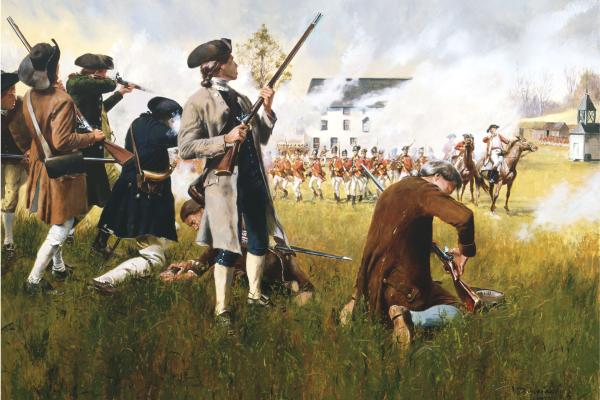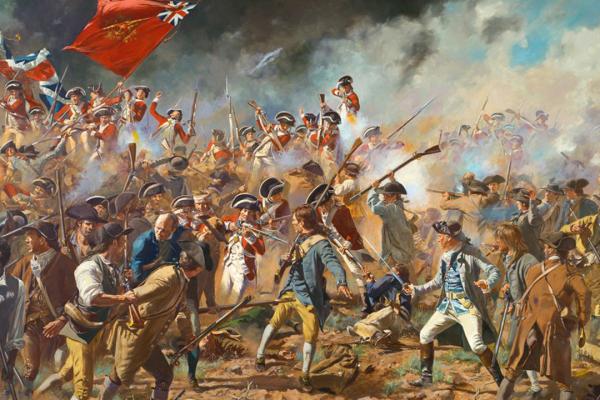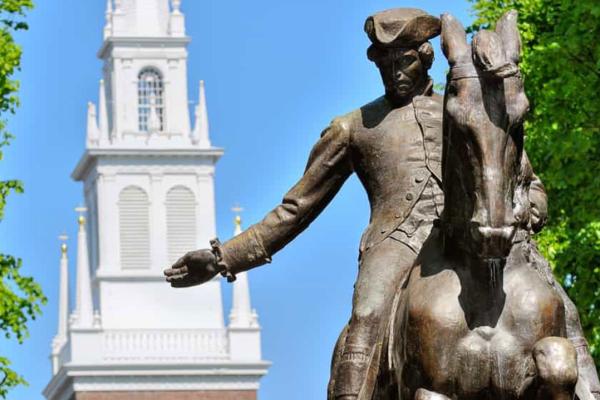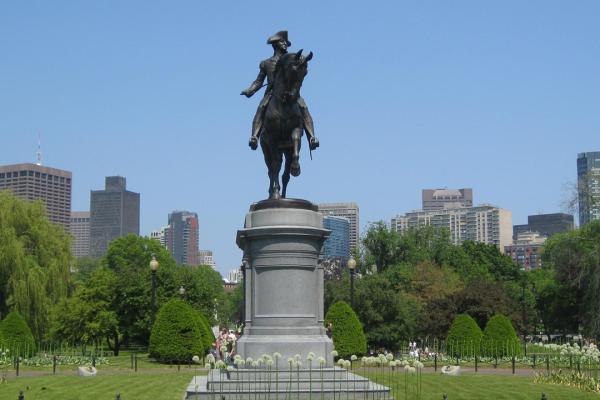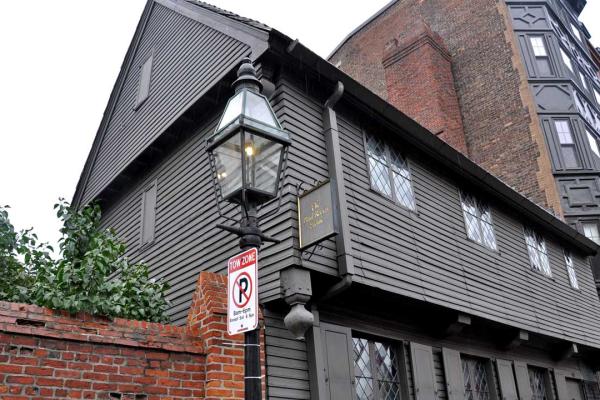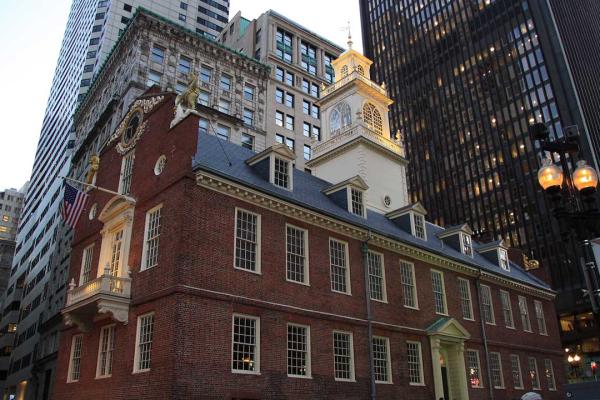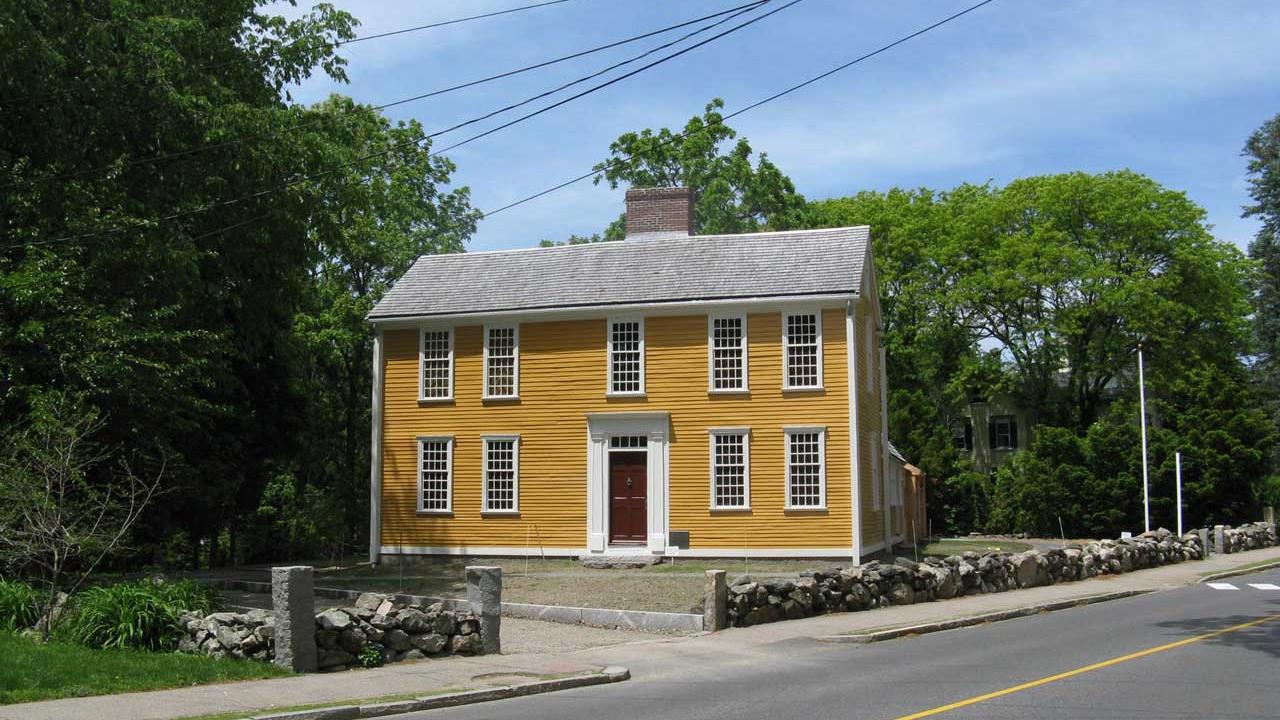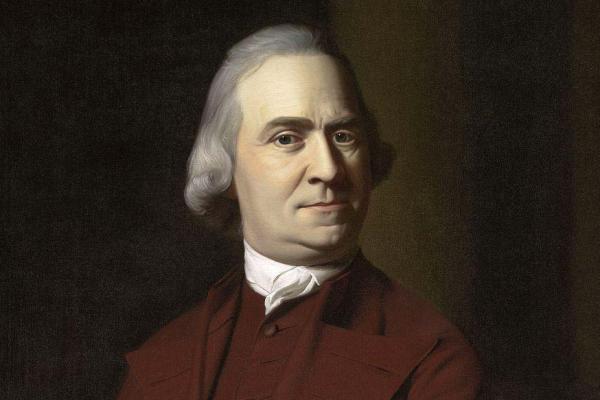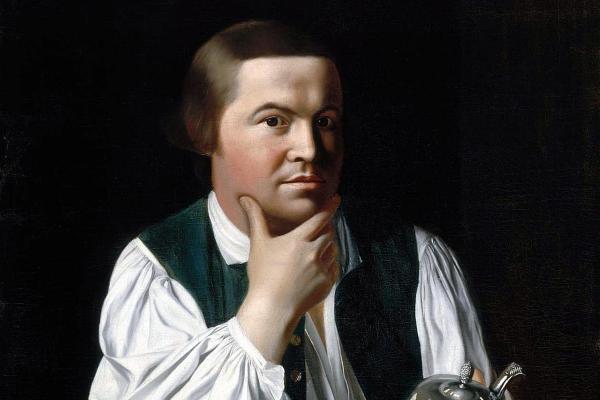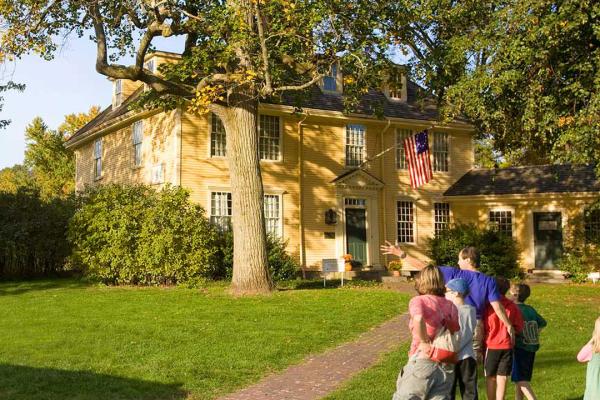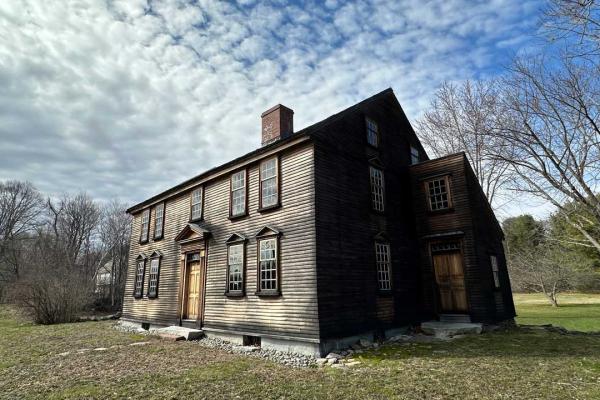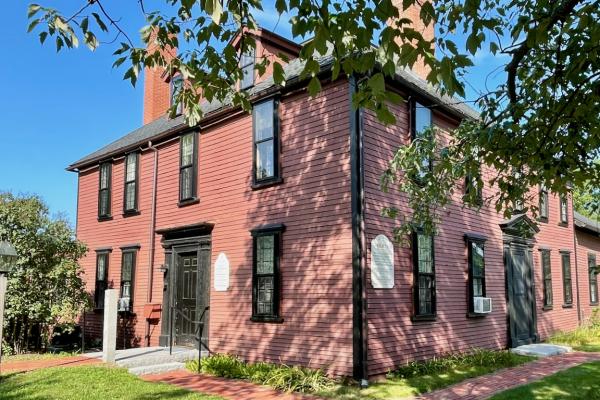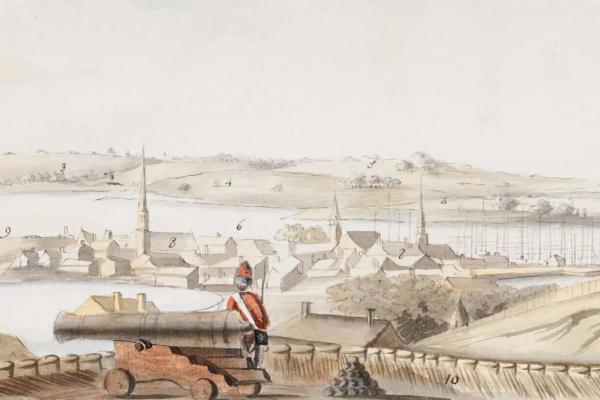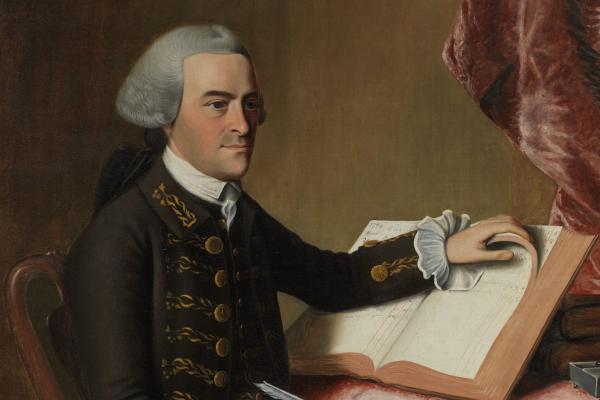This home was built for John Hancock’s grandfather, who served as the pastor for the town of Lexington for fifty-five years. His successor was the Reverend Jonas Clarke, whose wife was a cousin of John Hancock. As a young boy, John Hancock lived in this home with his grandfather for several years before moving to Boston to live with his uncle. In the early morning of April 19, 1775, Paul Revere arrived at Clarke’s home, where John Hancock and Samuel Adams were staying, to warn them of an approaching British force. The two revolutionary leaders left to avoid capture.
The home was acquired by the Lexington Historical Society, which moved the building to a different location to avoid demolition. In 1974, after acquiring the land where the house originally sat, the building was relocated back to its historical location. Today, visitors can explore the Hancock-Clarke House, preserved to reflect its historical significance. Nearby, the Lexington Battle Green, Buckman Tavern, and Munroe Tavern offer further insights into the early moments of the American Revolution
What's Nearby
Explore more of The Liberty Trail by visiting these nearby attractions.


Lexington, MA 02421

Lexington, MA 02421


Lincoln, MA 01773
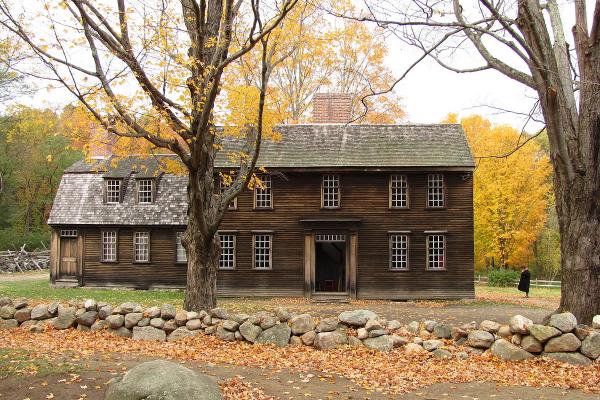
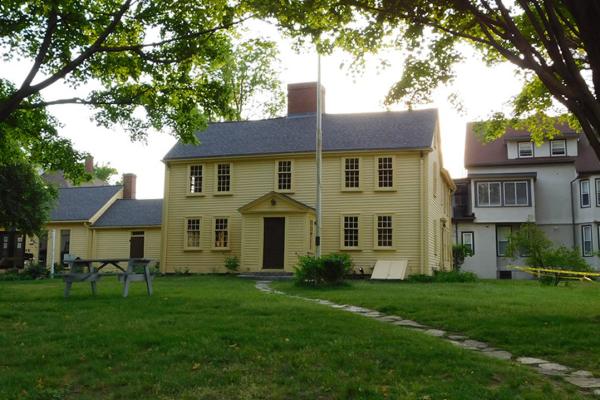
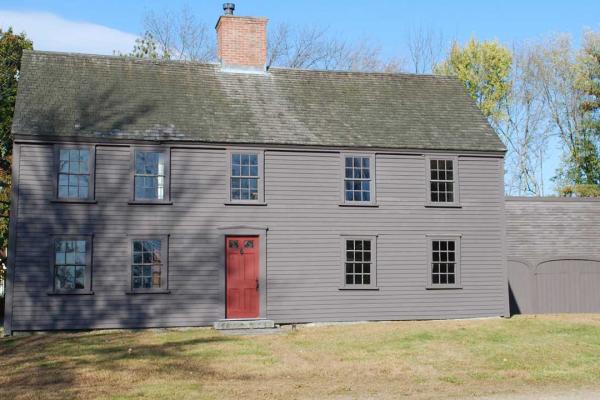
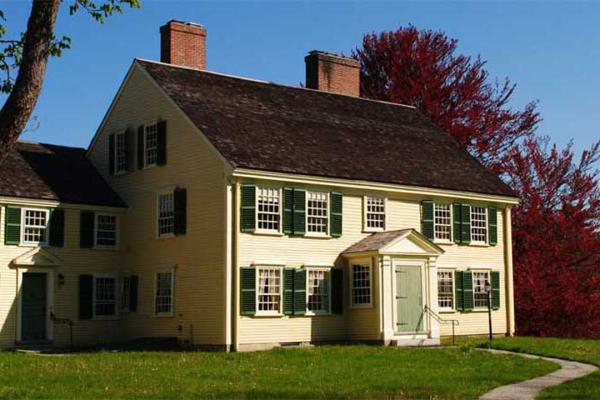
Concord, MA 01742

